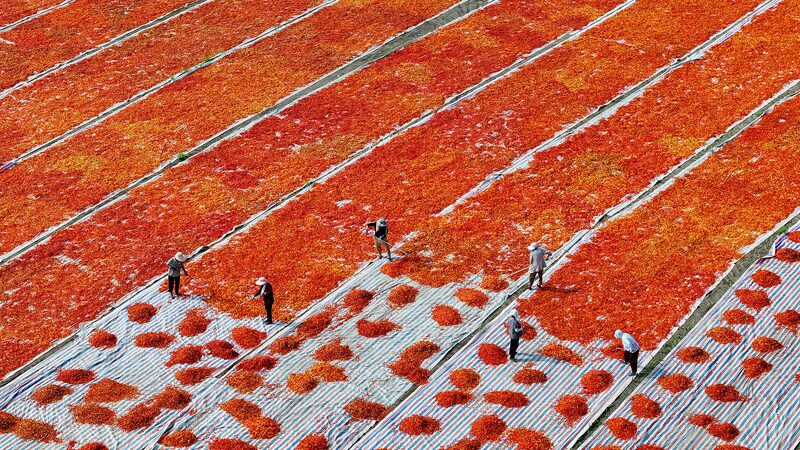In December, I traveled from Beijing to the vibrant city of Nanjing, a place that holds a special charm for me with its rich history and lively arts scene. Strolling through the bustling streets on Christmas Eve, I was surrounded by enthusiastic young people, their faces alight with joy as they visited restaurants and bars, both Chinese and international. The air was filled with excitement, a tapestry of laughter and festive spirit.
This lively scene stirred memories of my early days in China, decades ago when I first arrived in my twenties, invited by a Chinese publishing house. Back then, Christmas was a quiet affair, not widely recognized or celebrated. Our Chinese friends, always gracious, would invite us foreign colleagues to their homes for dinner, ensuring we didn't feel lonely during the holidays.
At the time, we knew little about the Spring Festival and its profound significance in Chinese culture. It was more than just a holiday; it was a deep-rooted tradition embodying the values of family, renewal, and respect for ancestors. With limited resources, understanding the festival's essence required personal experience and learning from those around us.
Today, the Spring Festival, known globally as Chinese New Year, is celebrated with grandeur and is recognized worldwide. It typically begins in late January or early February, marking a period of reunion and reflection. In 2025, the festival falls between January 28 and February 4, promising days filled with joyous gatherings and familial warmth.
The festival's origins trace back over 3,500 years to the Shang Dynasty, rooted in ancient ceremonies that honored deities and ancestors. Central to the celebrations are two themes: bidding farewell to the old year and welcoming the new, and the importance of family reunions. These traditions have been preserved and cherished through the centuries, reflecting the enduring spirit of the Chinese people.
Witnessing the evolution of the Spring Festival over the decades has been remarkable. The once modest celebrations have transformed into events of global significance, yet they retain the core values of unity and hope. Just as Christmas has become more prominent in China, embraced especially by younger generations, the Spring Festival continues to bridge the past and the present, uniting people in shared traditions.
As we approach the Year of the Wood Snake, it's a time to reflect on the journeys we've taken and the cultural exchanges that enrich our lives. The streets of Nanjing, alive with festivity, serve as a beautiful reminder of how traditions evolve yet remain anchored in their roots, bringing people together across generations and cultures.
Reference(s):
cgtn.com




